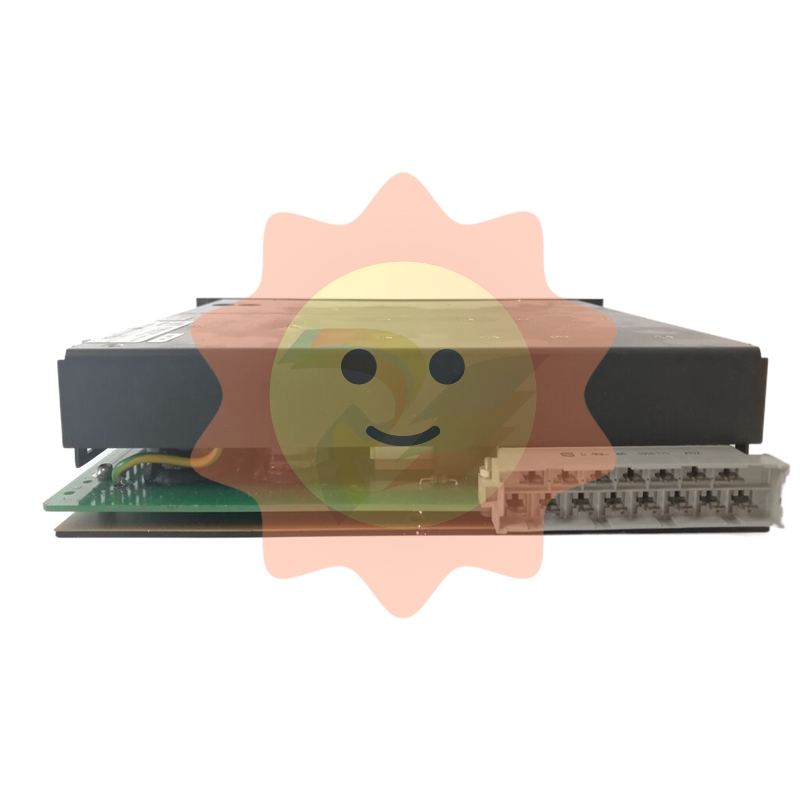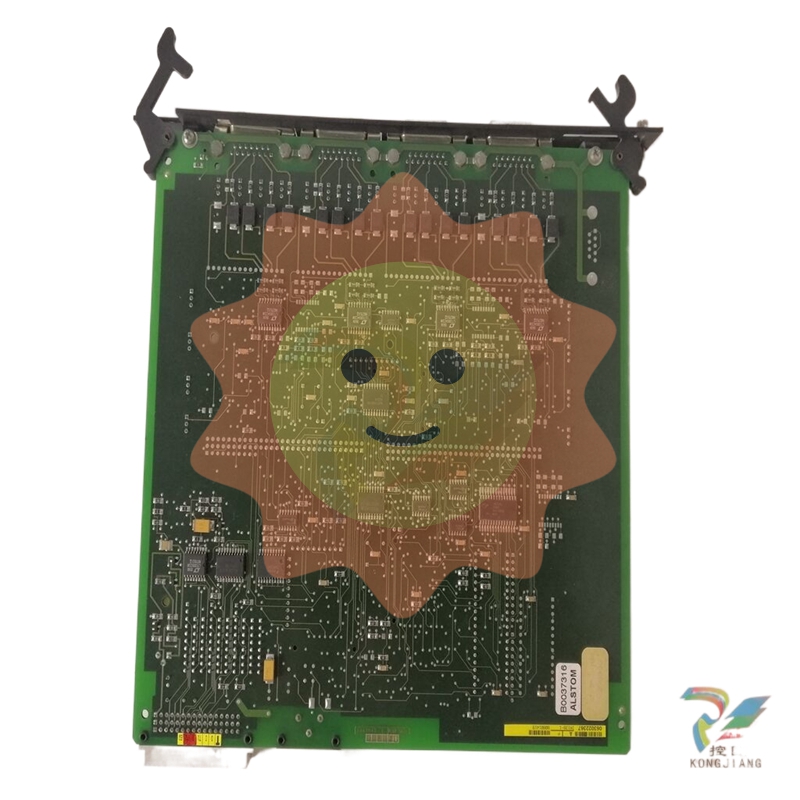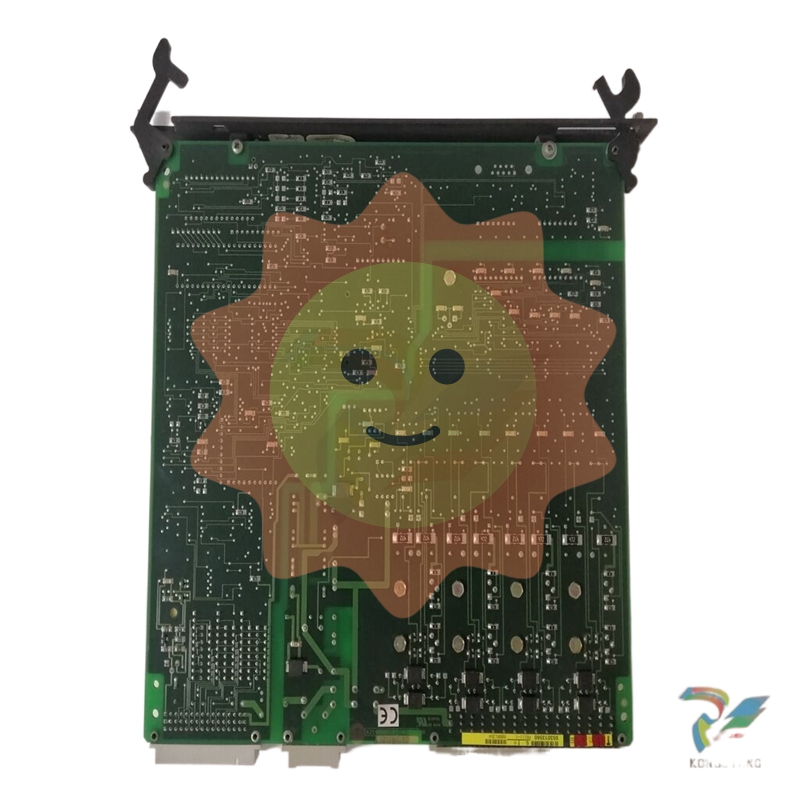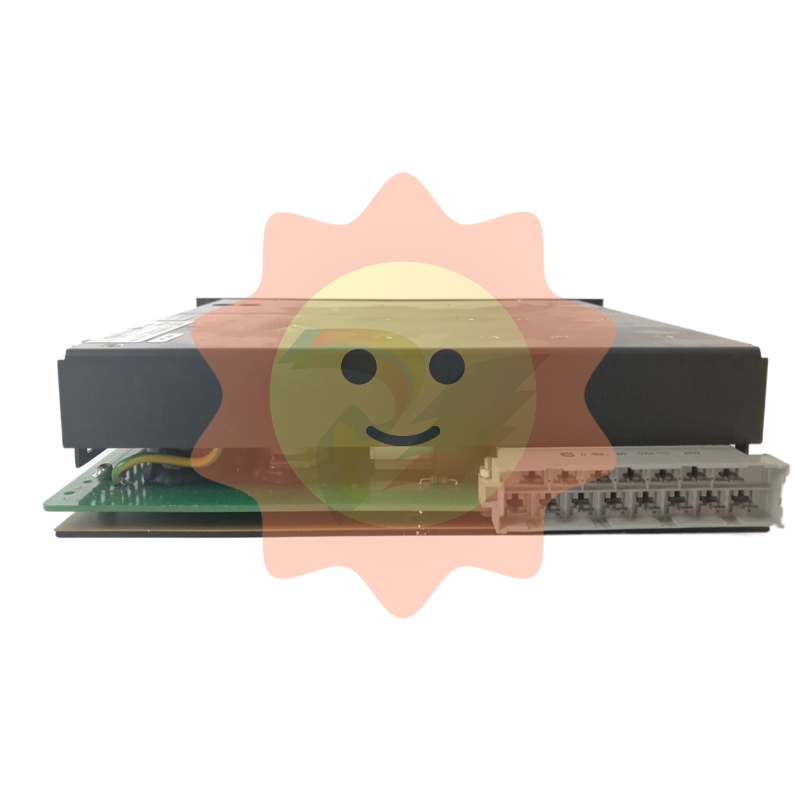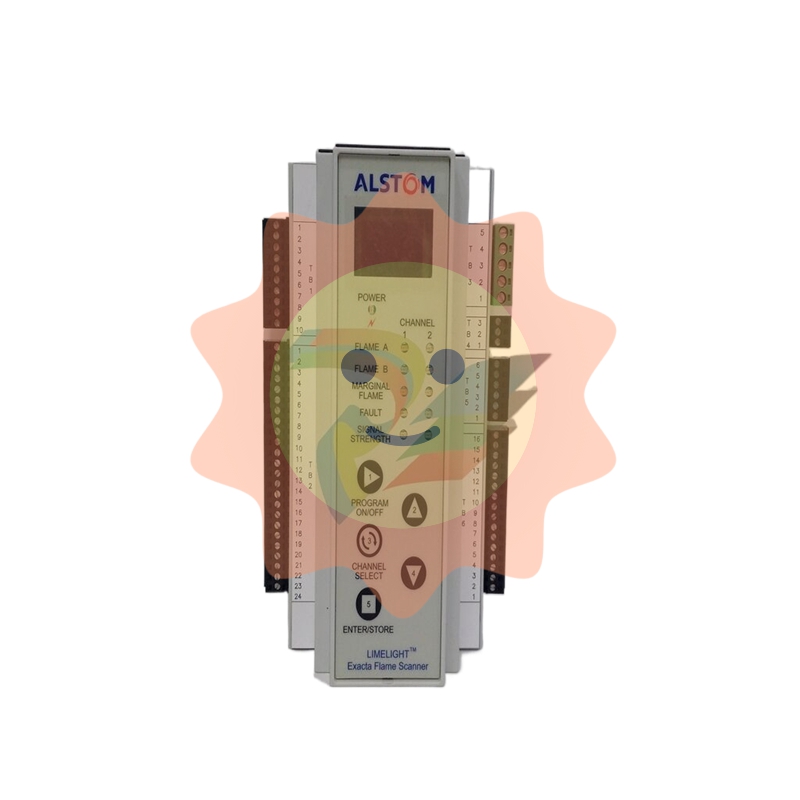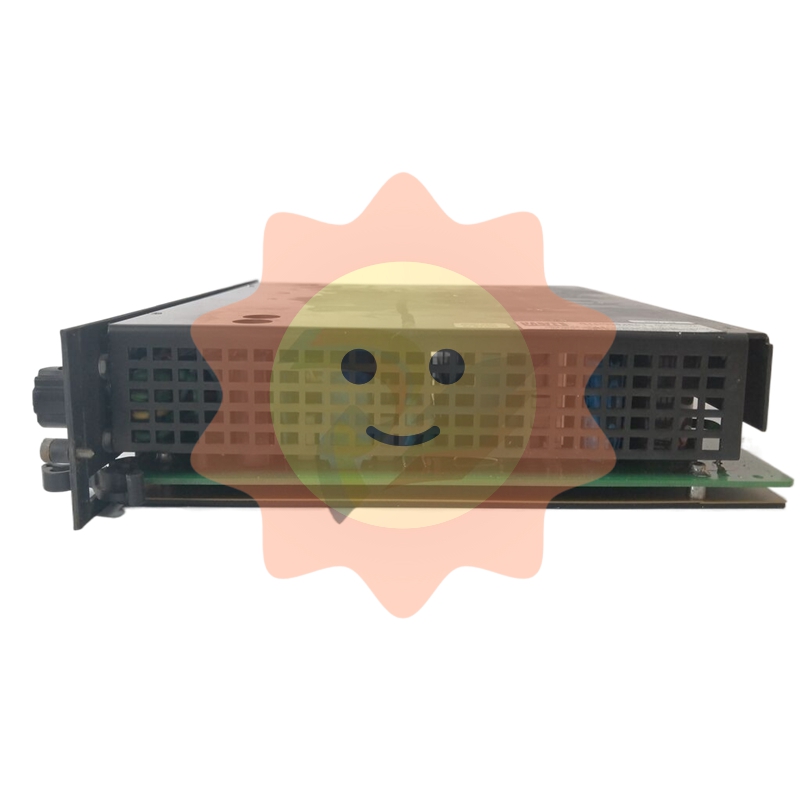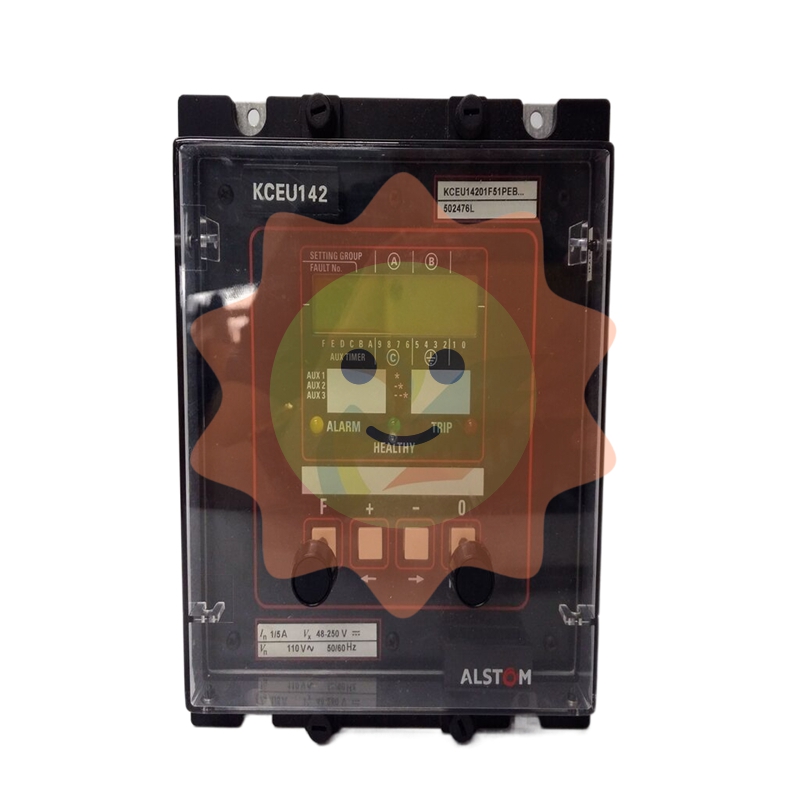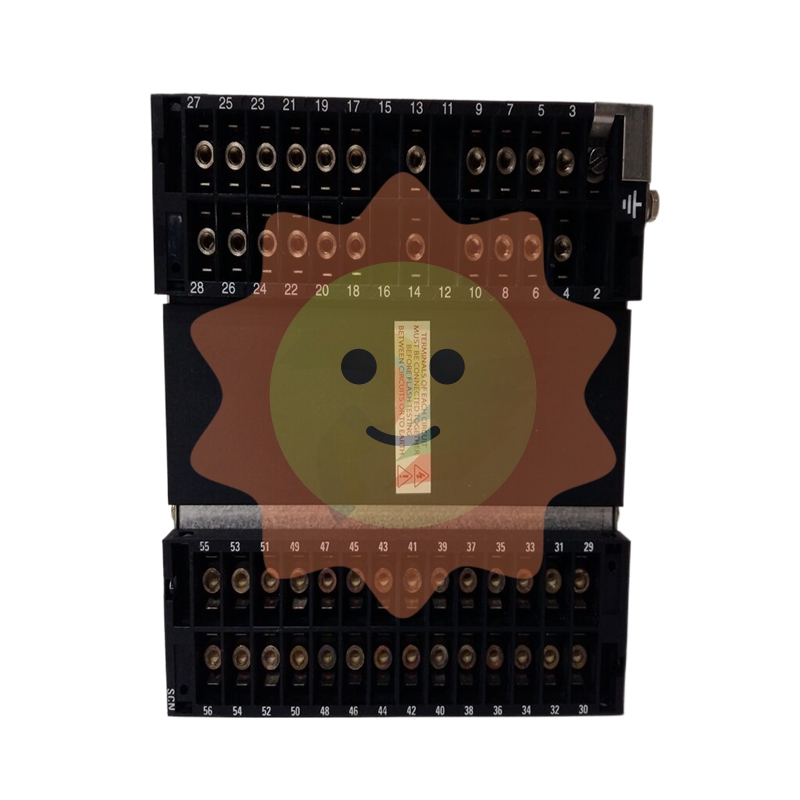Introduction to sewage
The main natural radioactive elements in water are 40K, 238U, 286Ra, 210Po, 14C, tritium and so on. 90Sr and 137Cs can be detected in almost any sea area in the world.
Inorganic pollutant
Various acids, alkalis, salts and other inorganic substances into the water body (acid, alkali and salt, they interact with some minerals in the water body to produce some salts), so that the salinity of fresh water resources is improved, affecting the quality of various water. Salt pollution mainly comes from domestic sewage, industrial and mining wastewater and some industrial wastes. In addition, due to the increasing scale of acid rain, soil acidification and groundwater salinity increase.
The increase of inorganic salt in water can increase the osmotic pressure of water, which has a bad effect on the growth of freshwater organisms and plants. In salinized areas, the salt in surface water and groundwater will have a greater impact on soil quality.
Thermal pollution

Thermal pollution is a kind of energy pollution, which is caused by the discharge of high temperature wastewater from industrial and mining enterprises. If the cooling water in some thermal power plants and various industrial processes is discharged directly into the water body without taking measures, the water temperature can be increased, the speed of chemical reactions and biochemical reactions in the water will be accelerated, the toxicity of some toxic substances (such as cyanide, heavy metal ions, etc.) will be increased, the dissolved oxygen will be reduced, the survival and reproduction of fish will be affected, and the reproduction of some bacteria will be accelerated. Encourages water weeds, anaerobic fermentation, foul odor.
There is an optimal water temperature range for fish to grow. Water temperatures that are too high or too low are not suitable for fish to grow, and can even lead to death. Different fish also have different adaptations to water temperature. For example, tropical fish are suitable for 15 ~ 32 ° C, temperate fish are suitable for 10 ~ 22 ° C, and cold fish are suitable for the range of 2 ~ 10 ° C. For example, although trout live in 24 ° C water, its breeding temperature is lower than 14 ° C. The upper limit of water temperature that aquatic organisms can live in is 33 ~ 35℃.
In addition to the above eight types of pollutants, the main harm of surfactants such as detergents to the water environment is to make water foam, prevent air and water contact and reduce dissolved oxygen, and cause water hypoxia due to the biochemical degradation of organic matter, which consumes dissolved oxygen in water. High concentration surfactants have obvious toxicity to microorganisms. There are many examples of water pollution. For example, there are many factories on both sides of the Beijing-Hangzhou Grand Canal (Hangzhou section), and a large amount of waste water is discharged into the canal every day, making the content of solid suspended matter, organic matter, heavy metal (Zn,Cd,Pb,Cu, etc.), phenol and cyanide in the water body greatly exceed the surface water standard, and some exceed tens of times, so that the water body is in an anaerobic reduction state, black and stinky. Fish and shrimp disappeared, can not be used for living, agriculture and other water; The self-purification ability of water body is poor, if we do not control and control the pollution source, the water body pollution will further expand.
The pollutants in the water environment can be divided into inorganic pollutants and organic pollutants in general. Heavy metals and organics are the most important and studied pollutants in water environmental chemistry. The research on water pollution chemistry in China began in the 1970s, starting from the pollution of heavy metals, oxygen-consuming organic matter, DDT, 66C and other pesticides. The research focus has shifted to organic pollutants, especially refractory organic matter, which has attracted increasing attention due to its long life in the environment, easy transfer and accumulation along the food chain (network), threatening biological growth and human health. This chapter focuses on the environmental chemical behavior of heavy metals and organic pollutants in water.
- EMERSON
- Honeywell
- CTI
- Rolls-Royce
- General Electric
- Woodward
- Yaskawa
- xYCOM
- Motorola
- Siemens
- Rockwell
- ABB
- B&R
- HIMA
- Construction site
- electricity
- Automobile market
- PLC
- DCS
- Motor drivers
- VSD
- Implications
- cement
- CO2
- CEM
- methane
- Artificial intelligence
- Titanic
- Solar energy
- Hydrogen fuel cell
- Hydrogen and fuel cells
- Hydrogen and oxygen fuel cells
- tyre
- Chemical fiber
- dynamo
- corpuscle
- Pulp and paper
- printing
- fossil
- FANUC
- Food and beverage
- Life science
- Sewage treatment
- Personal care
- electricity
- boats
- infrastructure
- Automobile industry
- metallurgy
- Nuclear power generation
- Geothermal power generation
- Water and wastewater
- Infrastructure construction
- Mine hazard
- steel
- papermaking
- Natural gas industry
- Infrastructure construction
- Power and energy
- Rubber and plastic
- Renewable energy
- pharmacy
- mining
- Plastic industry
- Schneider
- Kongsberg
- NI
- Wind energy
- International petroleum
- International new energy network
- gas
- WATLOW
- ProSoft
- SEW
- wind
- ADVANCED
- Reliance
- YOKOGAWA
- TRICONEX
- FOXBORO
- METSO
- MAN
- Advantest
- ADVANCED
- ALSTOM
- Control Wave
- AB
- AMAT
- STUDER
- KONGSBERG
- MOTOROLA
- DANAHER MOTION
- Bentley
- Galil
- EATON
- MOLEX
- Triconex
- DEIF
- B&W


email:1583694102@qq.com
wang@kongjiangauto.com







